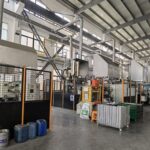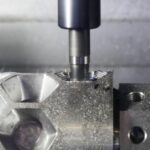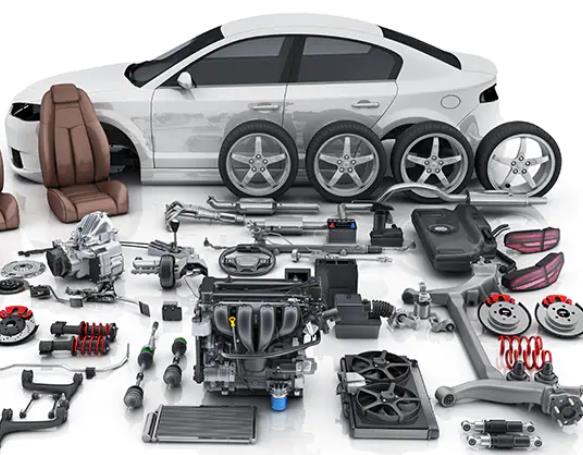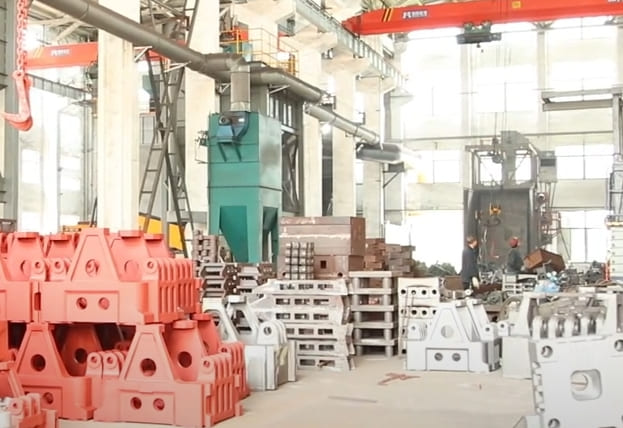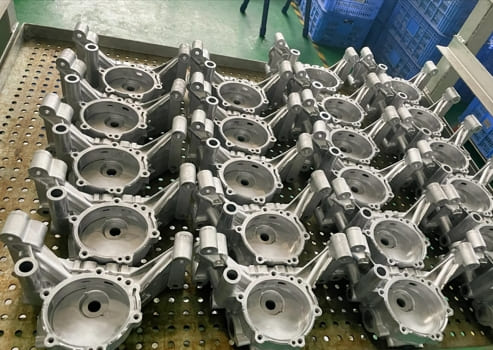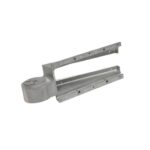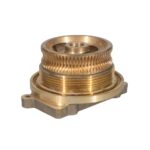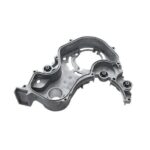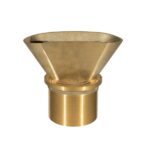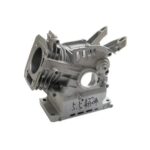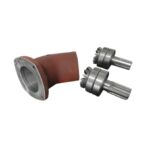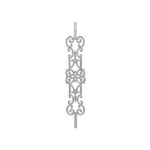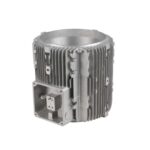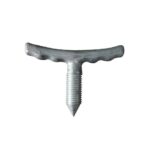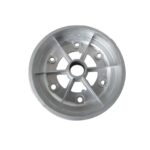Introduction
Die casting tolerances play a crucial role in ensuring the dimensional accuracy and quality of die-cast components.
Understanding the factors influencing tolerances, the importance of tolerance control, and methods for achieving precise tolerances is essential for successful die casting operations.
This comprehensive guide covers everything you need to know about die casting tolerances, from their definition and significance to the techniques employed for tolerance control.

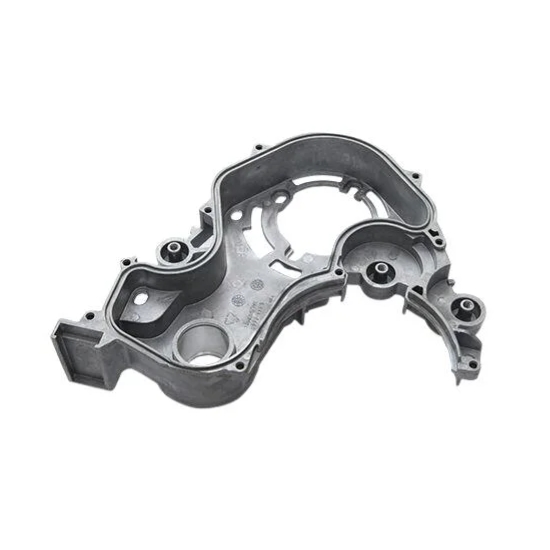
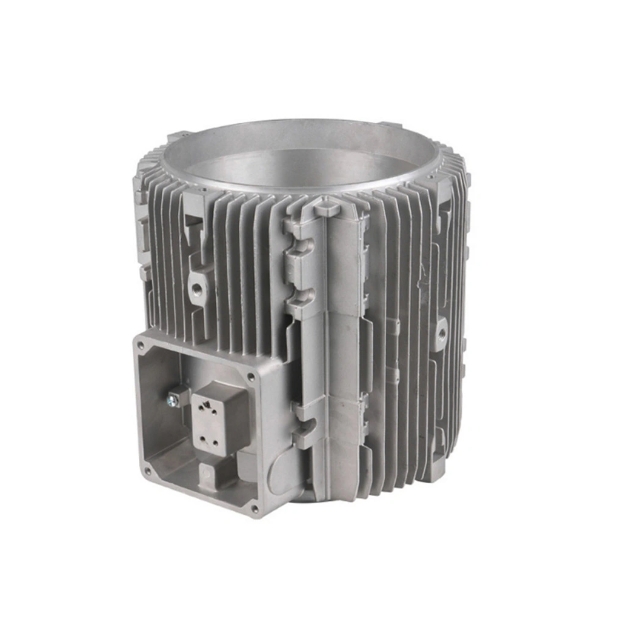
Definition and Significance
Die casting tolerances refer to the permissible deviation from the specified dimensions or geometric features of a die-cast part.
These tolerances are essential for ensuring the functionality, interchangeability, and assembly of components in various industries.
Achieving tight tolerances is particularly critical in applications where precise fitment, minimal clearance, or functional requirements are paramount.
Factors Influencing Tolerances
Several factors can influence the tolerances achievable in die casting, including:
| Factors Influencing Tolerances | Material Selection | Part Design | Tooling and Mold Design | Process Parameters |
|---|---|---|---|---|
| Influence | Different materials have varying properties affecting shrinkage rates, thermal expansion coefficients, and flow properties. | Complex part geometries, thin-walled sections, and features with tight dimensional requirements may pose challenges. | Precision and condition of molds, design of gating and venting systems play a crucial role. | Control over injection parameters such as temperature, pressure, and speed is essential. |
Techniques for Tolerance Control
To achieve precise tolerances in die casting, manufacturers employ various techniques, including:
| Techniques for Tolerance Control | Process Optimization | Tooling Maintenance | In-process Monitoring | Post-Casting Machining |
|---|---|---|---|---|
| Method | Fine-tuning process parameters to minimize variations and ensure consistent part dimensions. | Regular inspection, maintenance, and refurbishment of molds to preserve dimensional accuracy. | Implementing real-time monitoring systems to track key process variables and detect deviations promptly. | Utilizing secondary machining operations to achieve tighter tolerances and improve surface finish. |
Conclusion
Die casting tolerances are critical for ensuring the dimensional accuracy and functionality of die-cast components across various industries.
By understanding the factors influencing tolerances and employing effective tolerance control techniques, manufacturers can achieve precise dimensions, minimize scrap rates, and deliver high-quality die-cast parts that meet the stringent requirements of modern applications.
Drop me an email with your ideas, and I’ll get back to you swiftly!



